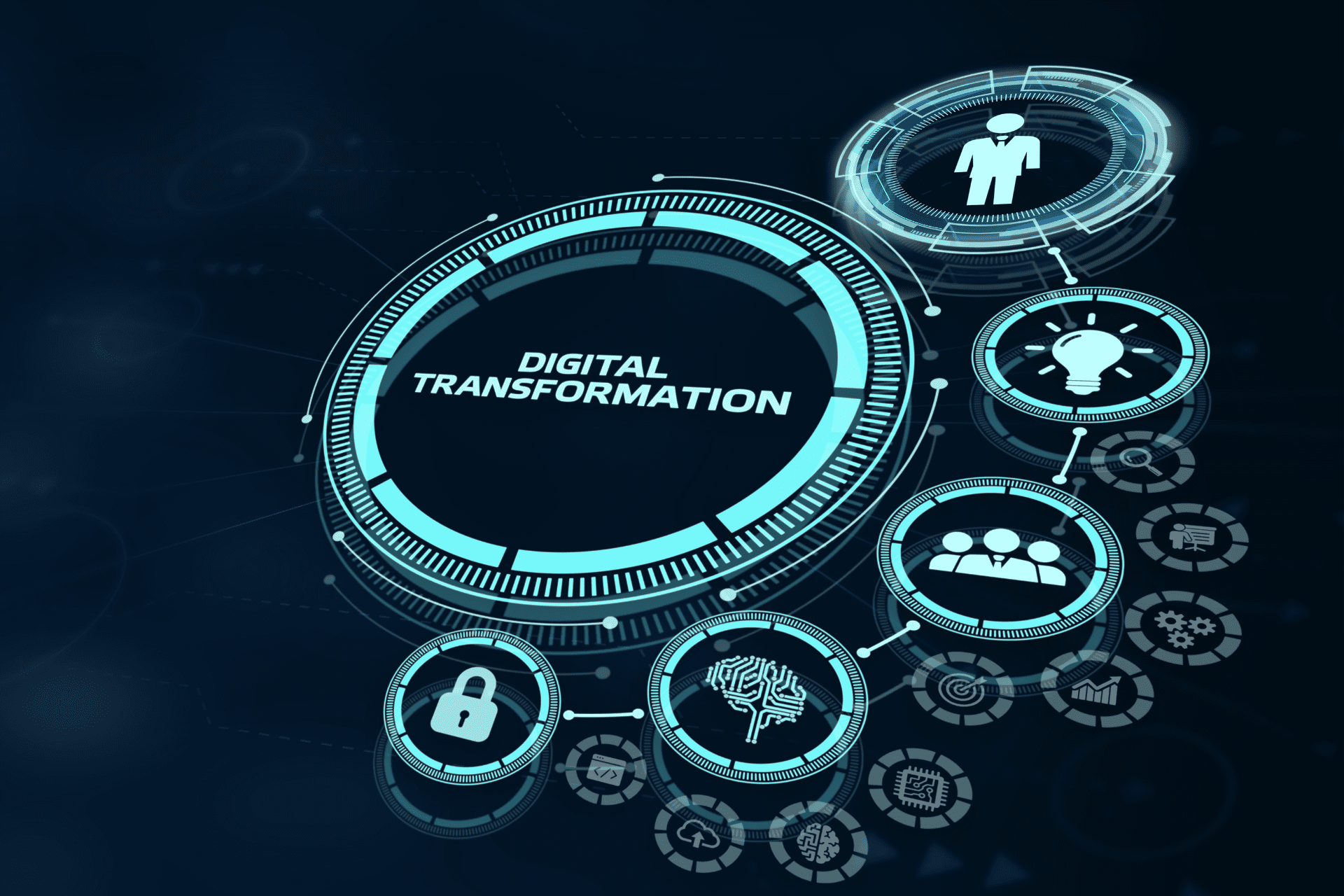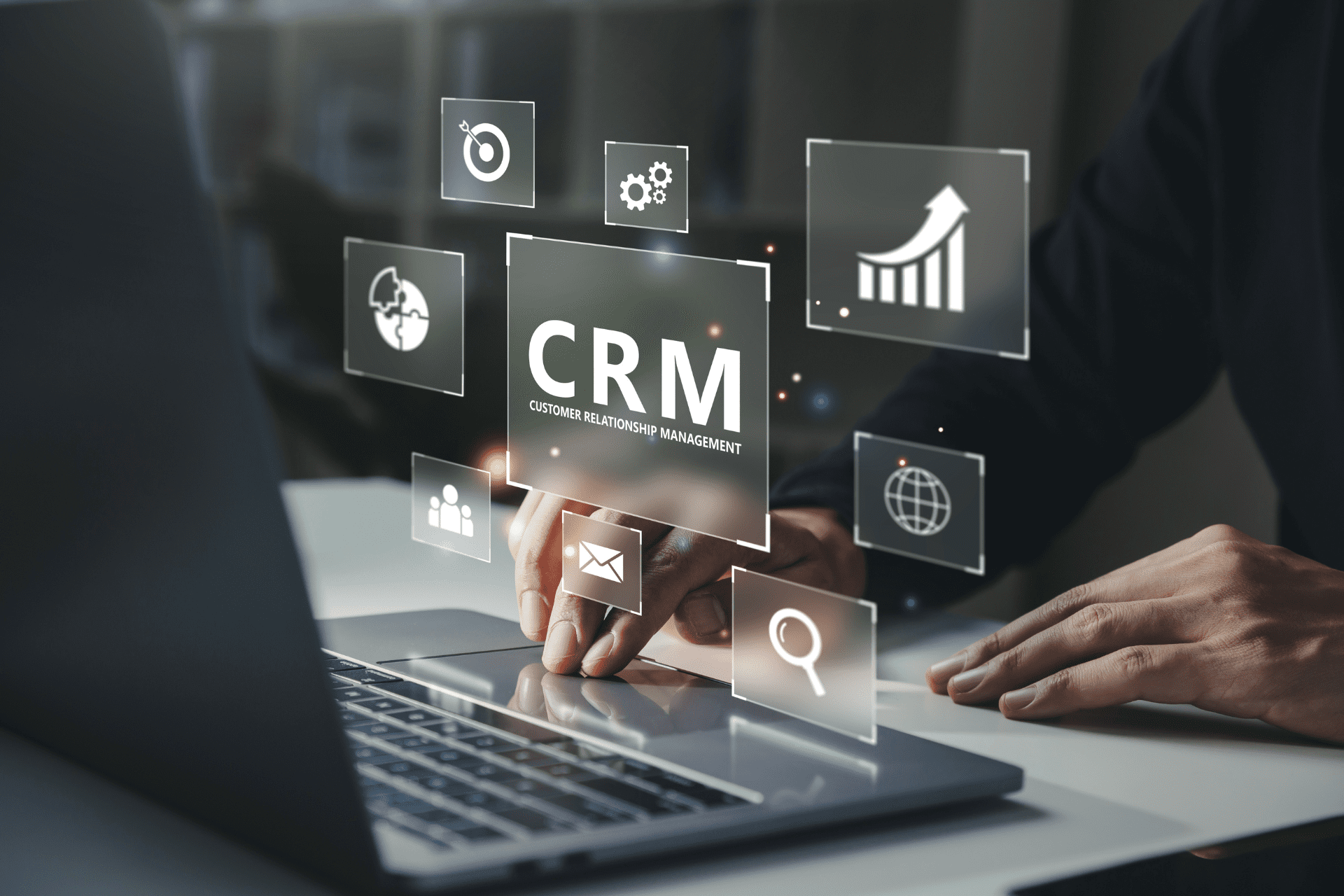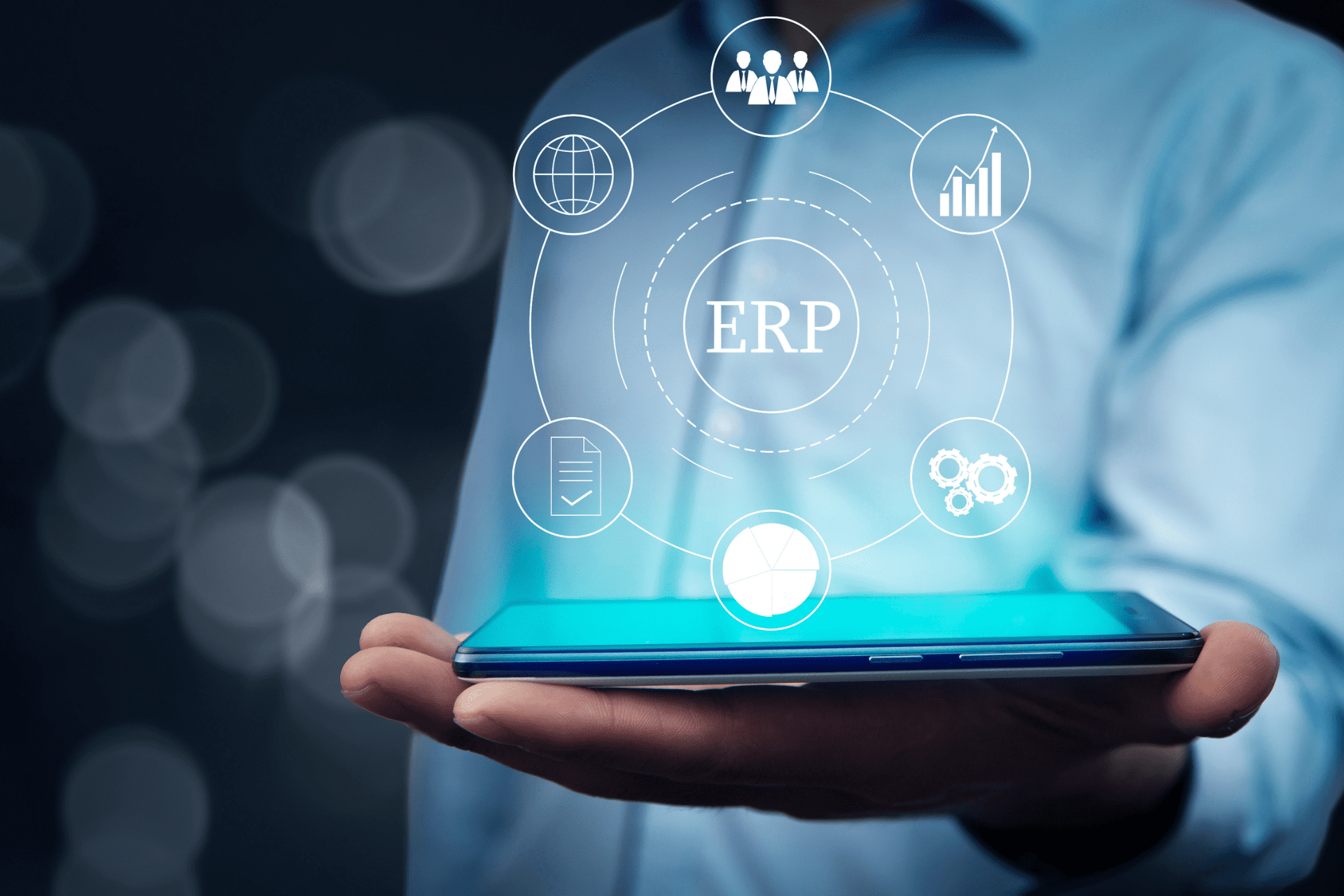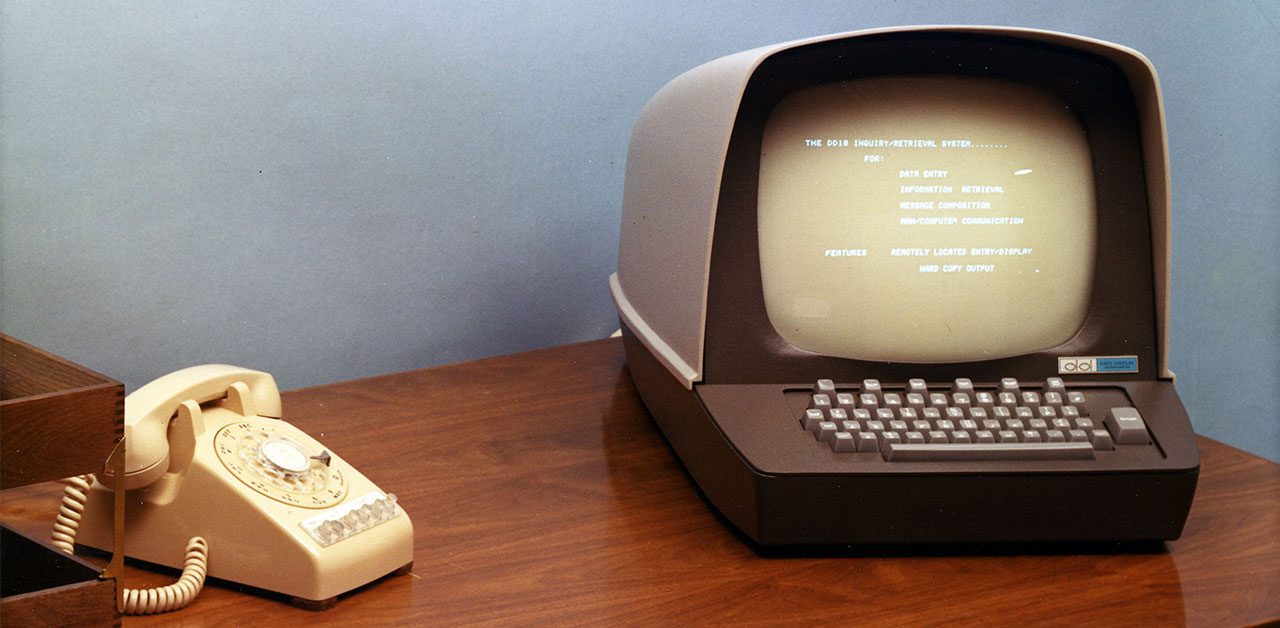Share
Read also

Trends & Views
Digital transformation strategies

Business Software
CRM 2025 market: Response to increasing customer demands

Business Software
Understanding the ERP lifecycle management

Mobility
How is EM shaping the way SMBs operate?
Co-operate with end users
Start by asking questions to the legacy solution end-users, so that you can fully understand the way it is used. Ask everybody -not just managers and executives- what information they were using and how this information was used. Next, make sure that the same information and tools will be available in the new ERP system. Check and re-check, and make the necessary adjustments until everyone is satisfied. If you cannot find a solution that holds all the features end-users have become accustomed to, ask for their co-operation to find a satisfying alternative. Remember that if employees cannot have the information they had been using so far, you may never be able to fully replace the legacy system.
Training and again… training
Specify the proper training processes, so that all users can respond to basic browsing and have their user accounts and passwords. Provide the necessary training to all teams, based on the tasks they perform, and then show them how all teams -before and after them in the workflow- use this ERP system. Obviously, the way to have a better training is to provide the proper means -this can be printed documentation in some cases and videos in others.
“Closed due to renovation”
As soon as the new ERP system is put into use, you should prevent everyone from making any transactions or adding new orders to the old system, by shutting it down. Make the use of the new system mandatory, ensuring at the same time that you’re available to help out with any issue that may come up. At the same time, the legacy system should be available, so that you can check on past transactions. It is often necessary for users to know what has been done so far, in order to follow the same path. Gradually, of course, all data should be transferred to your new system.
Less and less…
Monitor how often your employees return to the legacy system. This should be done less and less often. After a reasonable time period, remove the legacy ERP from the menus, unless someone asks for a very specific feature of this system. In theory, it will take a significant amount of time before all persons involved, can fully understand and accept that the legacy ERP system is no longer needed.







